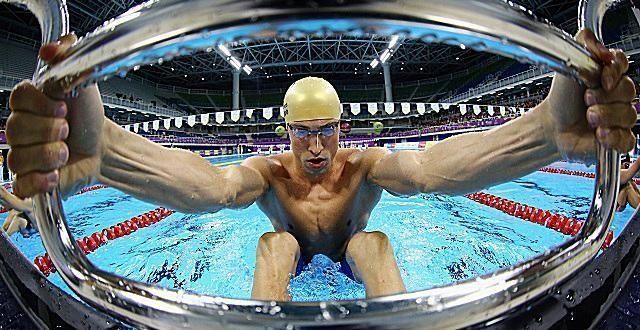
By SCOTT RABALAIS
Many of the advances that have been made in Swimming Technique over the past 2 decades have come from more effectively utilizing a swimmer's internal strength-power. The most notable of these advances were the changes to the Front that were first introduced in the 1980s, as well as the realization of increased underwater, below the surface swimming water, in the 1990s.
Modifications to the style of the Prosthium are directly related to the more efficient movement of the swimmer in the water, through a short undulation of the body, which is carried out by utilizing the internal strength of the swimmer's torso. Similarly, the efficiency of underwater swimming depends primarily on the strength of a dolphin-like leg stroke, which is, to a large extent, a result of using the internal strength of the body's trunk.
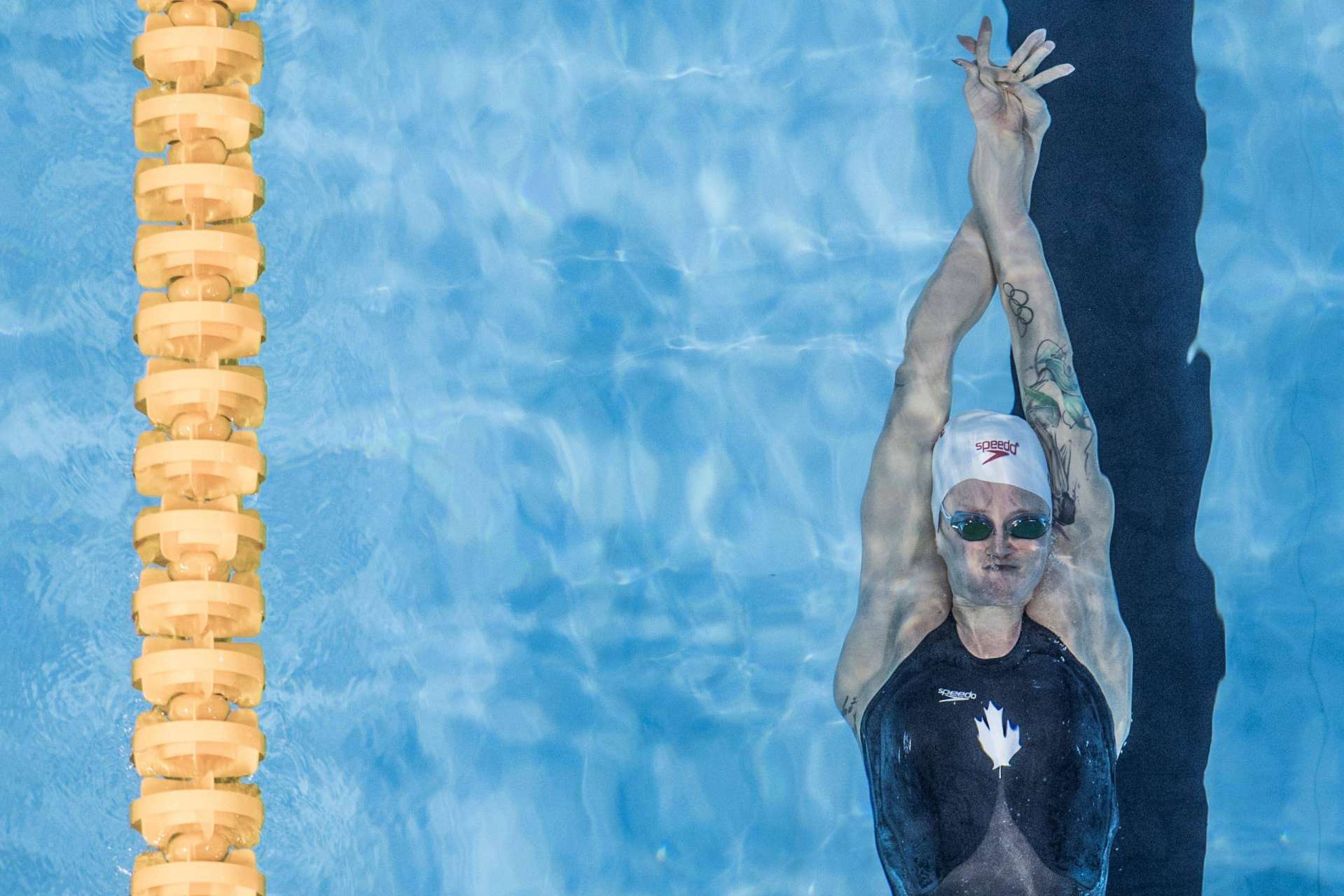
And while the use of dolphin-like kicking during the Hyptium has been limited almost exclusively to the underwater portions of the turns and starts, new evidence is emerging to show that swimming in the Hyptium with dolphin-like kicking may be faster. from the one with the classic-alternating leg beat.
The first swimmers in the U.S. who used the effectiveness of Yptius with dolphinism in Great Games, came from Japan. Last summer (1999), Santa Clara Swim Club invited Japanese swimmers Seiko Kobayashi and Aya Terakawa finished first and second, respectively, in the Women's 100m Breaststroke, ahead of the event's leading Americans, Natalie Coughlin and Catherine Fox.
What some of the audience watching the Games noticed was that the Japanese swimmers used a dolphin-like and alternating leg stroke, in succession, during the Upstroke in the race. Kombayashi used the same strategy-tactic in her victory in the 200-meter breaststroke the next day.
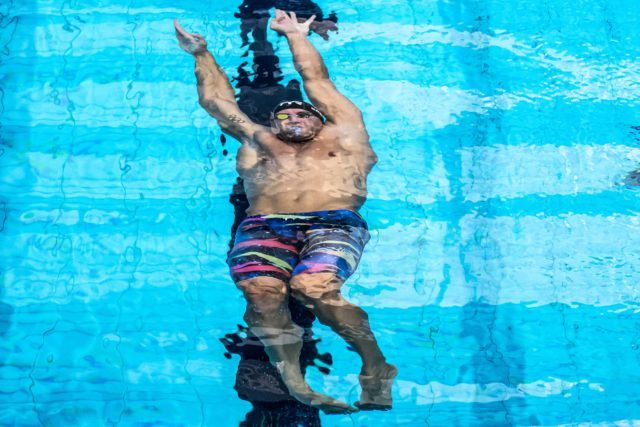
Most modifications to the Style Technique are popularized and spread through a swimmer's outstanding performance at a Games, such as Misty Hyman's use of the extended underwater dolphin side kick in the Butterfly and the use of the underwater dolphin kick in Hyptius by David Berkoff, in the late 1980s.
Advances in Forearm Technique were popularized in part through Mike Barrowman's accompanying World Record appearances some 10 years ago. Meanwhile, the eventual advances in Hyptio may not be entirely due to the appearance of the 2 Japanese swimmers, but the swimming world will take notice of this new Technique if the top female Hyptio swimmers at the Sydney Olympics use this new dolphinoid style.
Although some top swimmers seem to be able to swim the Iptio with dolphinism without much effort (easily), this Technique cannot be described as simple. Factors such as frequency, timing, roll, range of motion, strength, stability, coordination and body flow all play a role. It seems that as Technique evolves, each swimmer will develop their own methods and styles in their Competitive performances. Each differentiated Technique may not suit everyone, and those who use it will be required to spend months or even years of practice perfecting it.
The changes from the usual-conventional Anterior to the modern Anterior took place gradually over a period of many years, and the same may also be required for the changes in the Iptius.
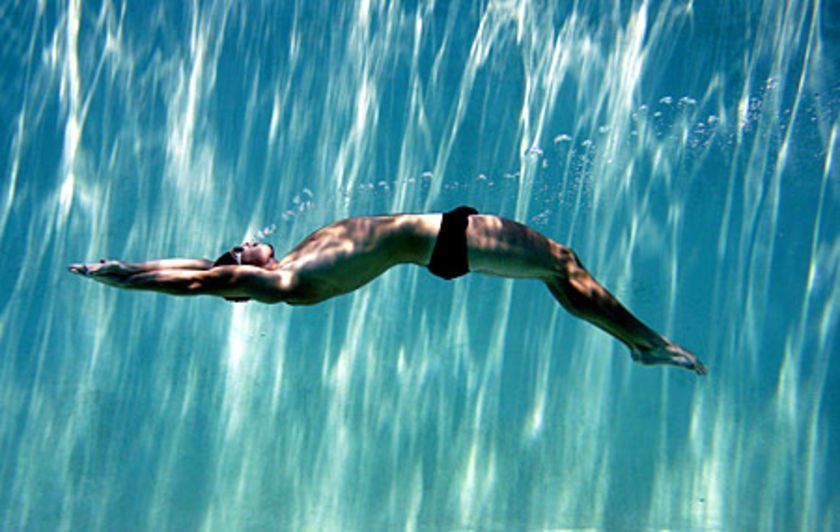
Factors that play a role in the swimming of Hyptius with dolphinism are the following:
Foot rate
We're used to seeing Freestyle swimmers use a variety of leg rhythms: two, four, or six laps per arm cycle, among others. Most likely the Iptio with dolphinism will have different rhythms, too. However, the most common will be the rhythm of two feet per hand cycle, which can also be described as one apron per hand separately.
At first, swimmers experimenting with the new technique may try doing laps more frequently, but as with Butterfly, two laps per arm cycle will prove more effective. Those who use high-frequency underwater dolphinism in the start and turn of the Hyptius may be tempted to continue with the same frequency of the dolphin-like leg beat during the swim. However, the foot strike rate should be reduced to two per arm cycle at the start of the Hyptius swim.
Synchronization
It appears that the most efficient execution of the upward propulsive movement of the kicking of the legs is timed at the moment when the hand enters the phase of "grabbing" the hand of Hyptius. The rhythm or flow of the hands should determine the timing of the foot strike, and the more propulsive leg of the apron seems logical to occur at the same time as the less propulsive part of the hand. As one hand sinks a few centimeters below the surface of the water, the other has finished the very propulsive final sweep and is in the recovery phase. Since the initial "catch" phase in Hyptio does not produce much propulsion, the swimmer's forward motion could be increased by timing the dolphinoid apron at this exact point.
The overall goal of the Technique should be to create a calm and smooth forward movement of the body. This displacement would be very small if anything interrupted the body's acquired forward velocity. Similarly, today's best Foremen are those who have developed a very calm and smooth rhythm to their swimming, compared to the Foresets of previous decades who swam with a rougher, uneven, pulsating rhythm.
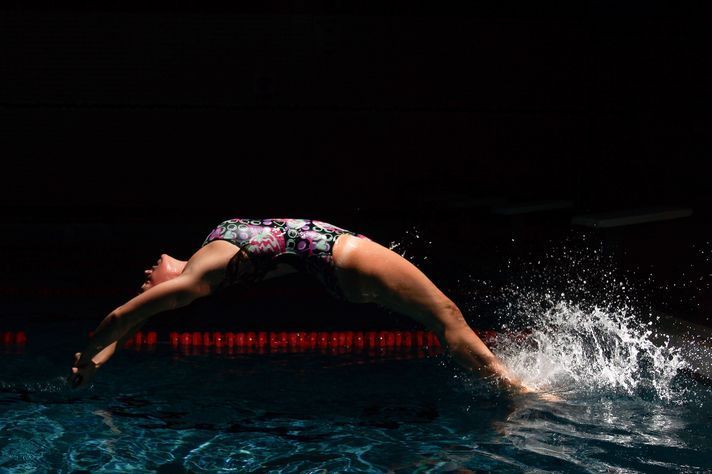
Rolling
One of the most difficult issues of the dolphinoid Hyptius is the continuous rotation of the body lengthwise (rolling). Hyptians who swim with a dolphin-like motion must constantly perform a wide range of roll during the swim to achieve maximum length and efficiency of each arm. The hydrodynamics of leg-beating indicate that dolphin-like aprons on the side are faster than in the anterior or supine position. This is mainly due to more efficient displacement of the water to the sides and away from the swimmer instead of creating turbulence and eddies on the surface of the water (It is worth noting that most fish swim with side-to-side tail movements).
And while the internal strength of the swimmer's torso required for rolling is not particularly different in the Iptio with dolphinism, the position of the legs and the results of their movement change. Swimmers using this technique should constantly focus their attention on rolling from the hips as the driving force in their swim.
Leg range of motion
If the magnitude of the foot strike in Hyptium with dolphinism is too great, resistance forces come to play an inhibiting role in forward motion. As in the underwater dolphin-like kick of the legs, the launches and turns of the Hyptius, the aprons should have such a range that they generally extend to the surface of the water defined by the highest points of the body.
For example, if a prone swimmer is 30cm tall (the distance from the lowest to the highest point in the water), a bib that will go 60cm below the surface effectively doubles the surface area over which the body extends in the water. This in turn quadruples the drag forces as a result of the relatively large leg strike.
It would be smarter for the swimmer to perform a quick, short stroke with a pause (pause) than to make a longer, slower leg stroke that would lower body position and increase resistance.
Power
When a swimmer swims sideways, below the surface of the water, and is fast in underwater dolphinism, it maximizes its speed by kicking hard in both directions. In contrast, most Butterflyists do a strong-decisive downward kick and a relaxed upward movement. But in the dolphin-like Hyptium swimmers who can kick with momentum and power in both directions will have a clear advantage over someone who will lunge with only an emphasis on the upstroke. Again, this can take a considerable amount of time for a swimmer to develop an effective leg kick in both directions if he was used to one-dimensional one-way leg kicking.
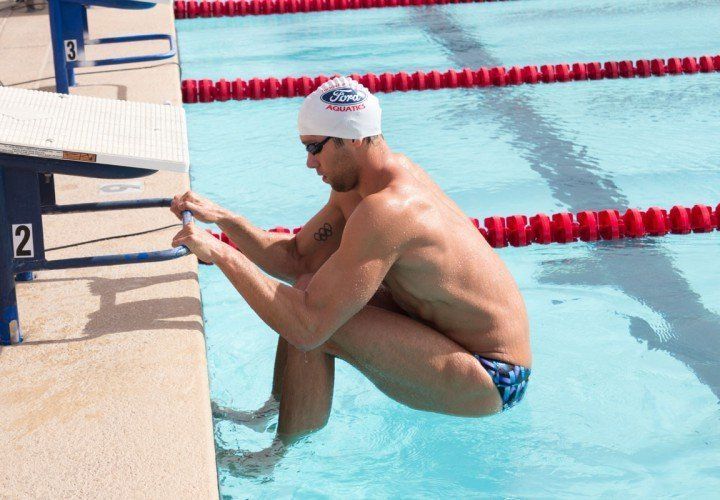
Stability
A very possible danger of mistake in Hypto with dolphinism is excessive vertical movement of the upper part of the body, as the lower part performs a dolphin-like movement. Tri-swimmers should practice a lot of upper body stabilization and at the same time perform hip-driven, downward lunges. The up-and-down movement of the upper body will create significant turbulence, eddies and intermittent immersion of the body quite deep in the water, thus destroying the rhythm in the arm movement.
Coordination
Coordination is the ability to combine several different movements and turn them into a single rhythmic movement. Dolphin Upstroke requires a high degree of coordination from the swimmer, with proper timing and rhythm of the legs, excellent side-to-side roll, and use of internal core strength.
As in other competitive swimming styles, this Technique is a "dance" in the water that requires a certain rhythm that will ensure a calm and smooth flow in the movement of the arms and the forward movement of the body. While a tri-swimmer may perform well the component parts of the dolphin-like yipt, individually, they should connect and form a harmonious whole so that this technique of yipt with dolphin-like leg movement, leads a swimmer at higher levels than the usual conventional Hyptio.
In conclusion, time should be given to the swimmer to develop and develop the technique of swimming with dolphinism. It is not enough for them to try it once and then give up, thinking that they are too clumsy and uncoordinated. They should try several different range and frequency of leg movements, use shoes to aid in the learning process and observe someone who is familiar with the new Technique. Remember that the first attempt at many skills, such as walking as a child, learning to play the piano or swimming Butterfly, comes with less than perfect results.
Whether or not to use Hyptius with dolphinism in the Game is not a matter of "black or white", but it is better that the changes are made gradually in the form of "grey shades". Some swimmers may use it throughout the race, while others may swim it in the first or second half of the race. Still others may prefer to use it only on starts and turns. There may also be special advantages or disadvantages to its use in different distance Competitions, from 50 yards to 200 meters, in a 25-meter or 50-meter swimming pool.
Fortunately, it's easy to switch from Dolphin to regular Hyptio and vice versa, and so swimmers are free to experiment with different Race strategies and tactics.
Swimming Upstroke with a dolphin-like kick may seem strange today, but so was once the "tumble" in the turns, the undulating Forestroke, the side-breathing in the Butterfly.
Now, these are all accepted and widely used as commonplaces. Who knows; Perhaps in 20 years, the conventional, "flat" Upstroke will be considered the same as the original "crawl" and sidestroke. So don't be left behind. Take a test.
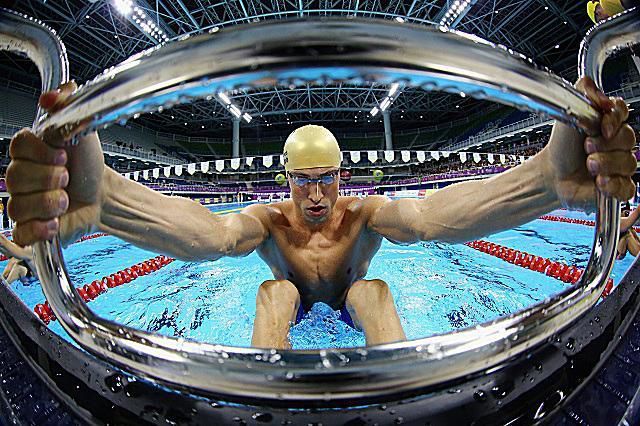
Exercises for the Hyptium Technique with dolphinism
Here are some exercises that will help a female swimmer learn, develop and perfect the Dolphin Swim Technique.
Dolphin-like kick of the legs with a roll of the body
With your hands down and next to your hips, start in a supine position and perform dolphin-like kicks on the surface of the water. First, turn to the left side and do dolphins, then immediately turn to the right and repeat the same. Continue rolling from one side to the other, performing 4 laps on each side, until you finish the desired/predetermined distance.
When you feel more comfortable and familiar with this exercise, reduce the number of legs on each side until you can do one apron on the left side and immediately after one on the right. This requires you to use your inner core strength to continuously roll from one side of the body to the other while the upper body remains stable, still.
As with most leg exercises, you can use sandals as an aid to solidify this movement.
Alternative dolphin-like swimming
Most swimmers find the Freestyle with 2 dolphin kicks per arm cycle easier than the Upstroke with dolphin strokes. In Freestyle with dolphinism, as in the corresponding form of Hyptius, the apron is performed during the "grab" phase of the hand. As the arm moves forward and prepares to initiate the pull, the downward kick of the legs begins.
Practicing the Dolphin Freestyle can help a swimmer develop a rhythm similar to that used in the Dolphin Swim Technique.
Translated from the article by Scott Rabalais
In the magazine Swimming Technique, in the issue OCT.-DEC. 1999
Diligence: SALTAMANIKAS NICHOLAS
Graduate of T.E.F.A.A. & Swimming Coach.

No Comments